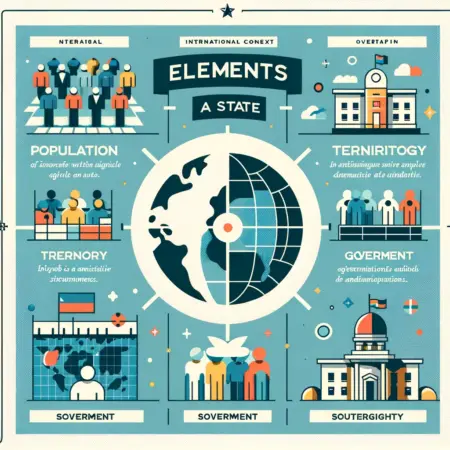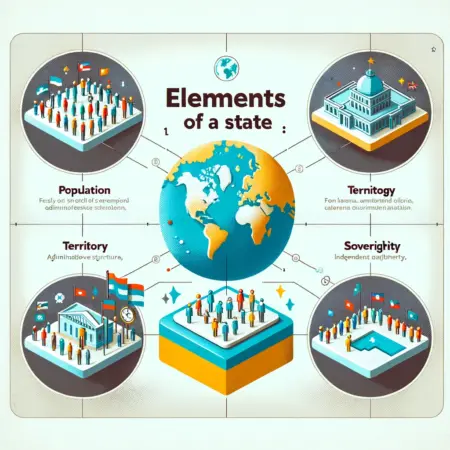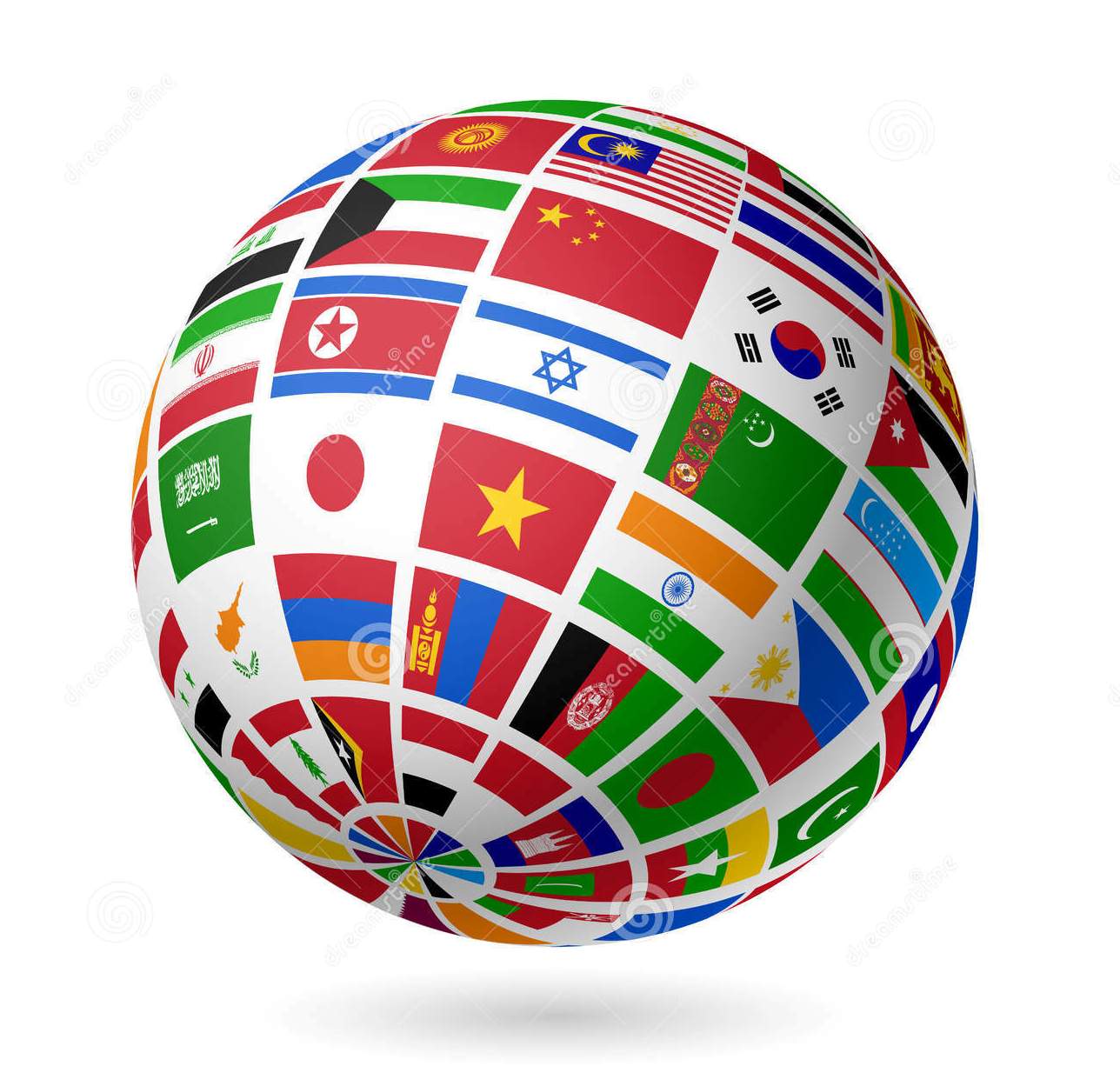Elements of State In Political Science are being discussed in this article. The element of the formation of a state consists of two parts, namely the principal(constitutive)and declarative elements. The principle element is the most important element, because it is a mandatory requirement that must be owned by prospective countries. Declarative element is an additional element that may not be owned by a country.
According to this Convention, The Elements of the State establishment are as follows:

- People
- Permanent region
- Sovereign rulers
- Ability to connect with other countries.
- Recognition.
1. People
After the people, the next element that forms a country is territory. Area element is very important to support the formation of a country. Without territory, it is impossible for a country to form. This area will be occupied by the people and the administration. The territory of a country is a unity of space which includes land, sea, air, and extraterritorial territory.
- Land: Land is the residence of a resident or resident of a State. Territory of the land of a State, has certain limits set by the laws of the State and the treaty with neighboring States.
- Oceans: Oceans are the territory of a State consisting of territorial sea, additional zones, ZEE, and continental bases. The territorial sea of a State is a boundary along the 12 nautical miles measured from the coastline. The additional zone is 12 miles from the territorial outer line or about 24 miles from the coastline of a State. ZEE or Exclusive Economic Zone which is an ocean region along the 200 nautical miles measured from the coastline. Meanwhile, the continental runway is a territorial sea located outside the territory, spaced about 200 nautical miles measured from the coastline covering the seabed and underneath.
- Air: air is the whole space which is above the boundaries of the territory of a State, both land and sea.
- Extraterritorial: An extraterritorial territory of a State is a place where international law is recognized as a territory of a State even if it is located in another State. For example, the Indonesian embassy offices abroad are referred to as the Indonesian extraterritorial territory.
3.Sovereign Government
Some theories about the legitimacy of sovereignty, among others as follows.

- God’s sovereignty, meaning that power in the state comes from God
- King’s sovereignty, meaning the power of the state lies in the hands of the king and his descendants.
- People’s Welfare, meaning that the highest authority in a country is in the hands of the people
- Sovereignty of the State, meaning that the ultimate power in a state is in the hands of the state, the state as the source of sovereignty and the creator of the law.
- Legal sovereignty, meaning the power of government comes from the law.
State Declarative Elements
In addition to the basic elements, there are also other elements that form the state, namely the recognition of other countries. The recognition of other countries is a declarative element of the state.Recognition from other countries is necessary to ensure the implementation of international cooperation with other countries, there are two types of recognition from other countries that exist:
Here is an explanation.
- De Jure’s Recognition
Is official recognition under international law, so that countries in the world recognize the existence of a state as a new state. - De facto
recognition Is recognition according to the fact of the establishment of the state and has run the government as it should.
The elements of a state are typically presented in a tabular format to clearly delineate each element and its definition or characteristics. A typical table might look like this:

| Element | Definition/Characteristics |
|---|---|
| Territory | The defined physical area, including land and waters, over which a state exercises control. |
| Population | The group of people who are the inhabitants of the state. This includes diversity in ethnicity, culture, and language. |
| Government | The organization or system through which a state rules and implements policies. Includes different forms of governments (democracy, monarchy, etc.). |
| Sovereignty | The supreme and independent power or authority in political matters, signifying the state’s control over its affairs without external interference. |
This is a basic framework, and additional details or elements can be added depending on the specific context or the level of detail required.
